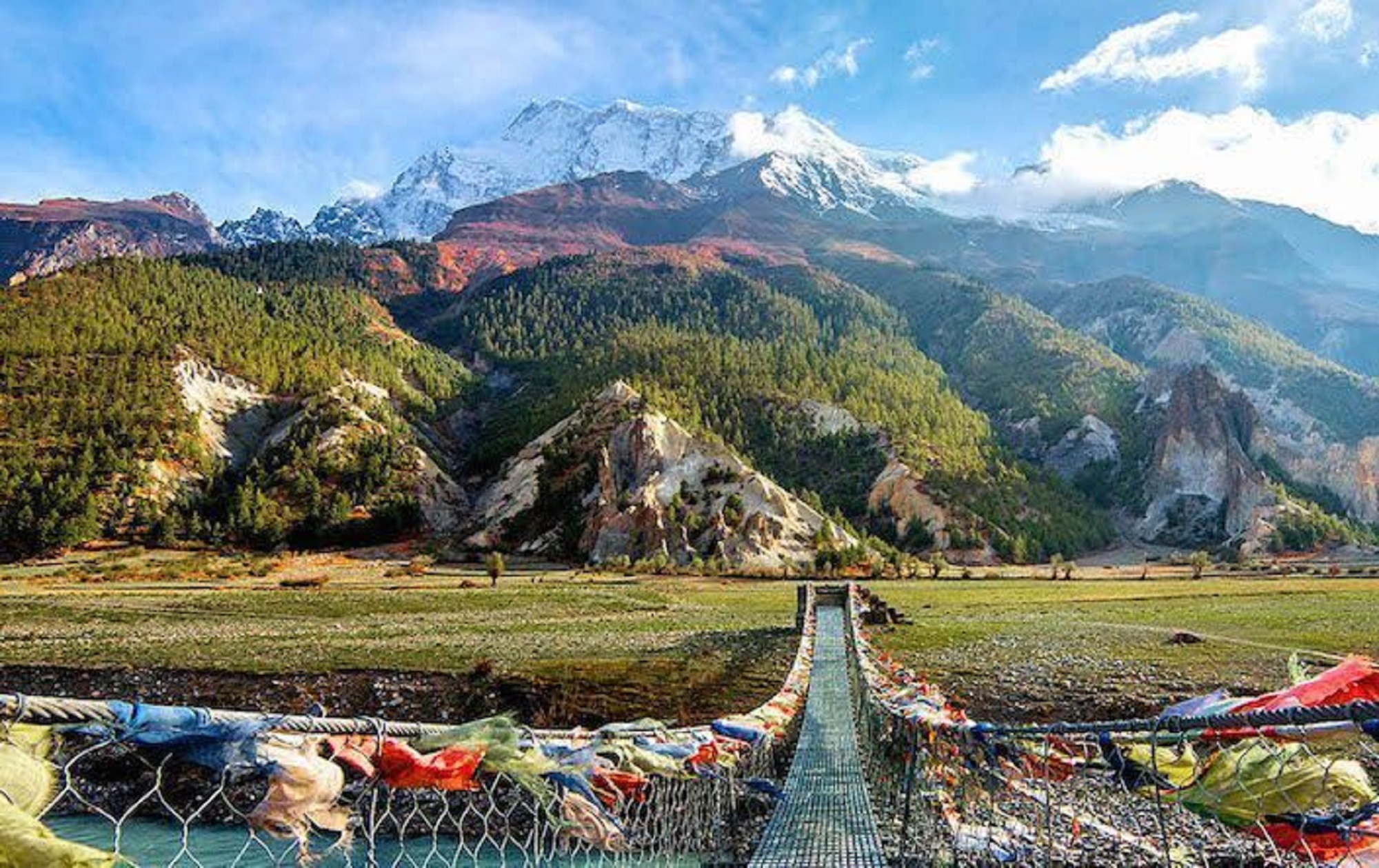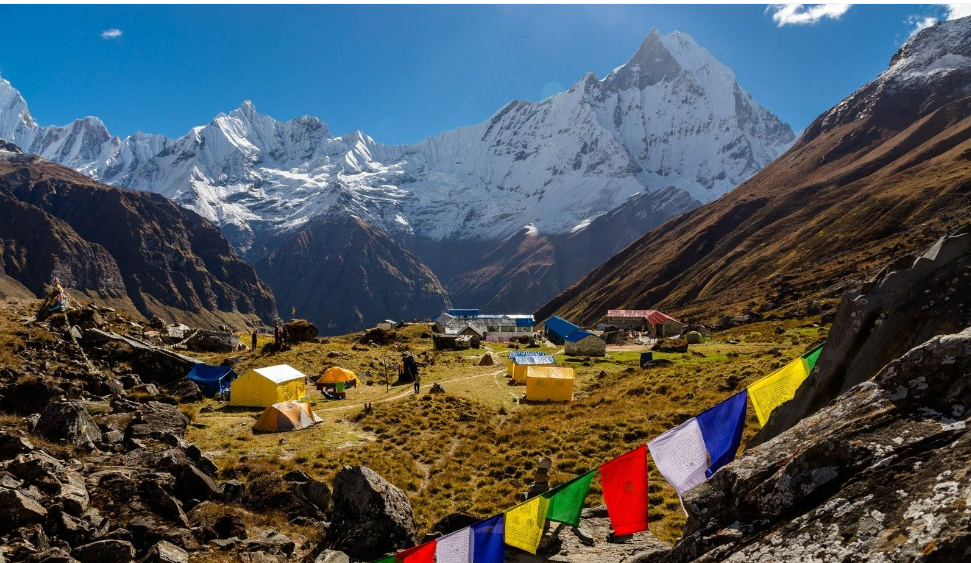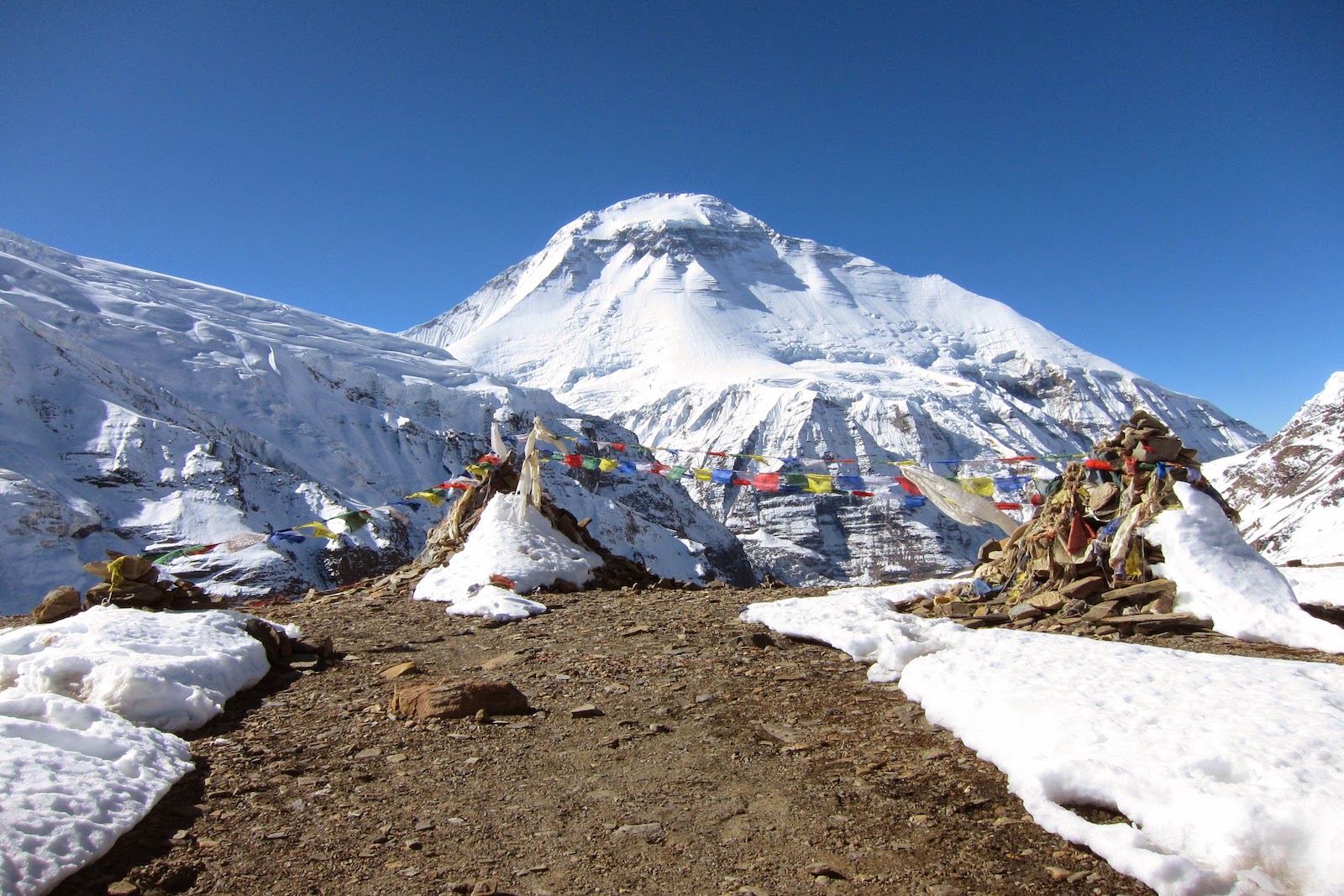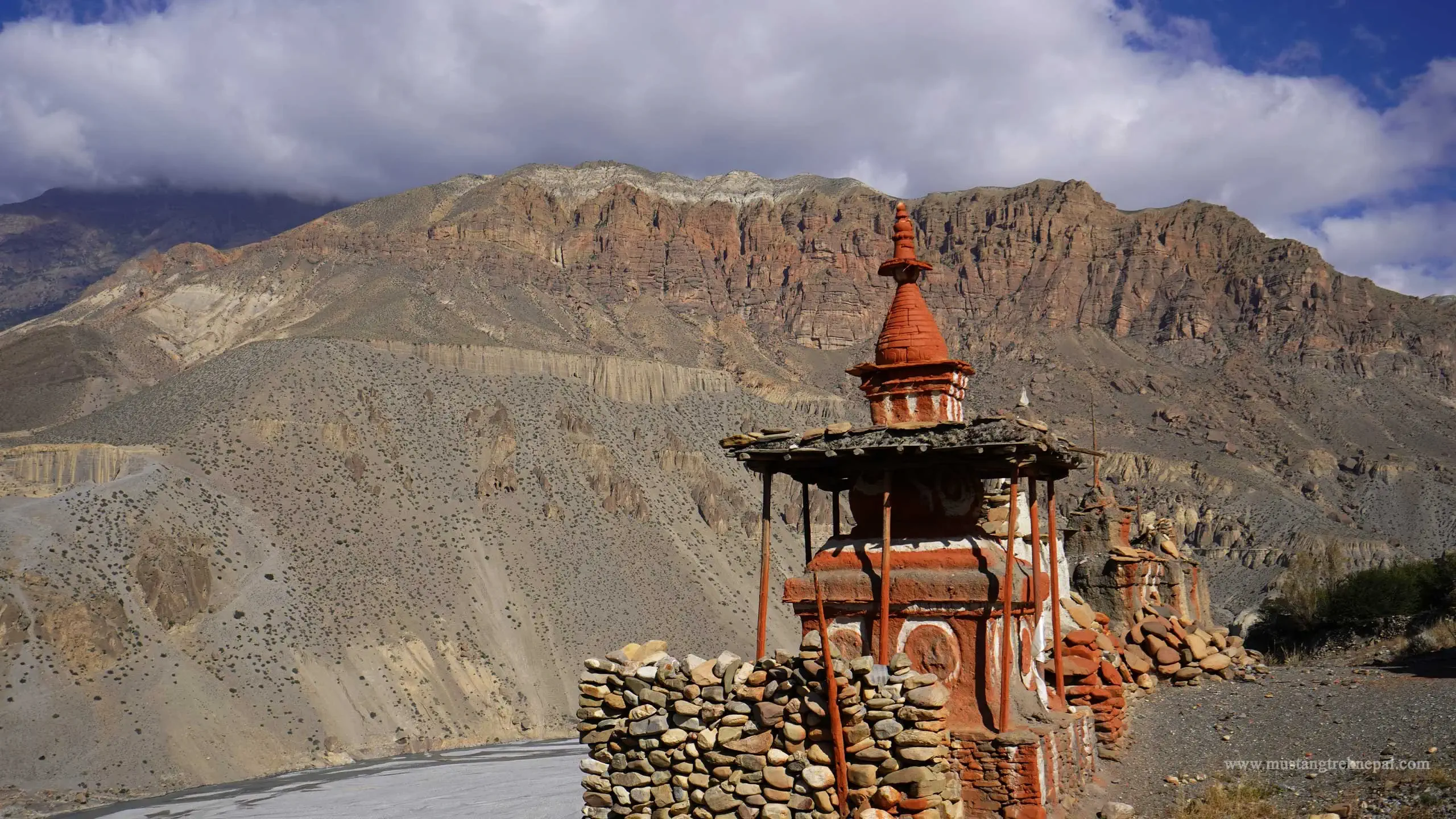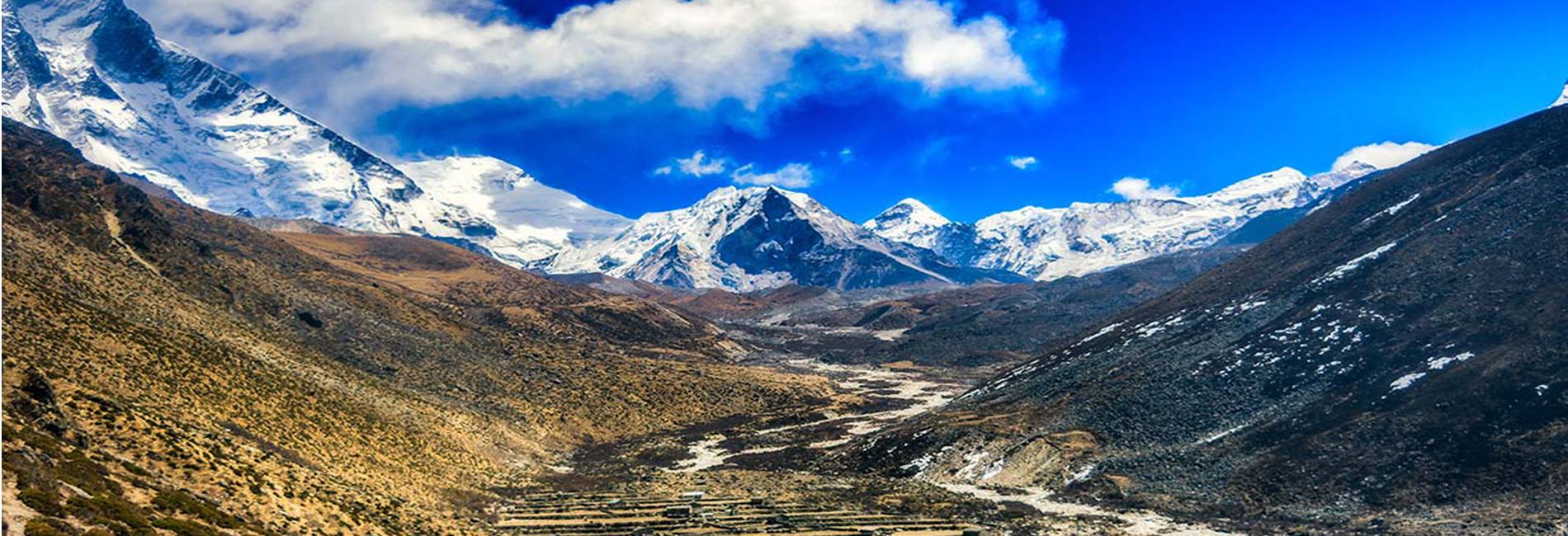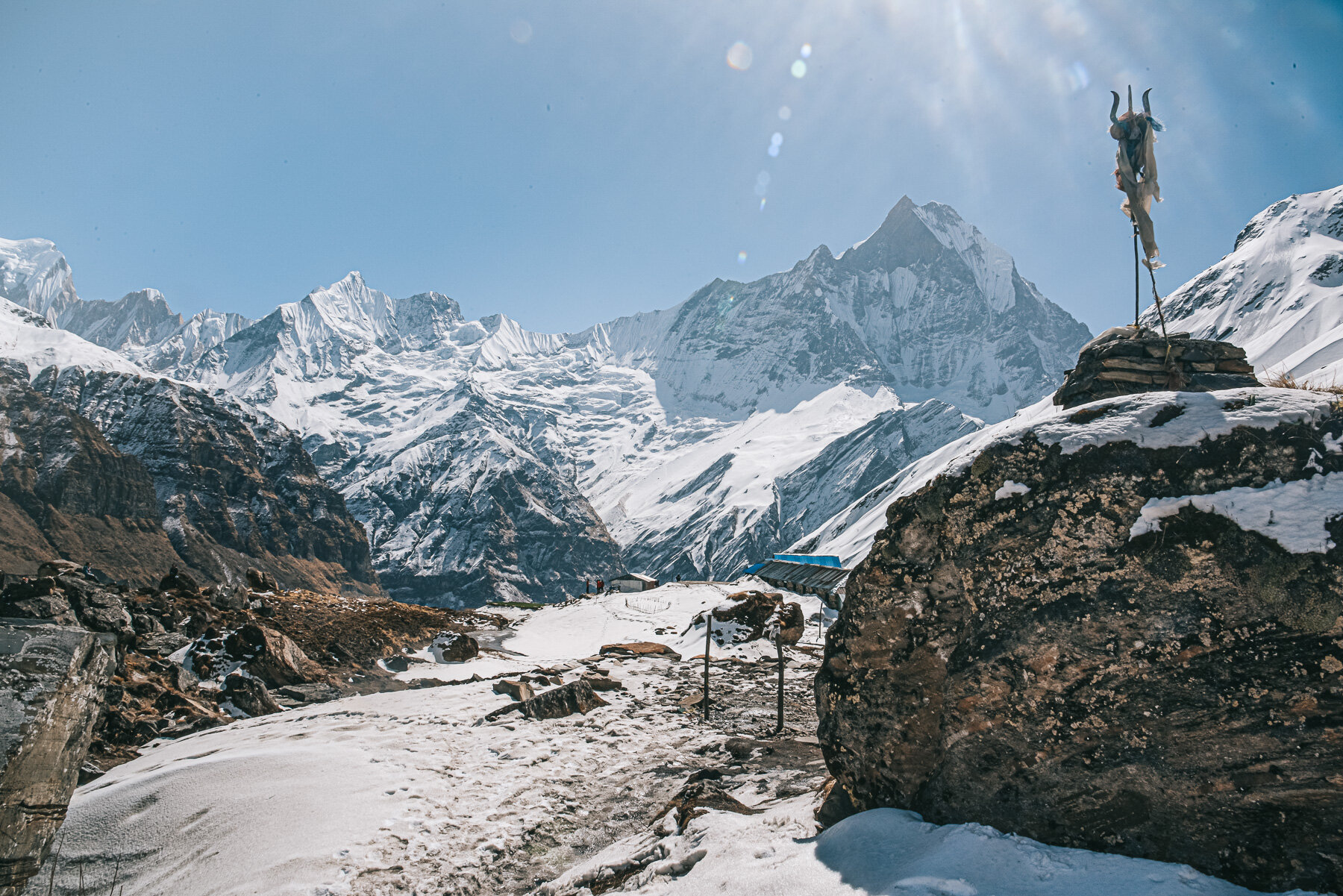
Annapurna
Introduction
The Annapurna Region, one of Nepal's most popular trekking destinations, offers an incredible blend of stunning landscapes, diverse cultures, and a range of trekking experiences. Located in central Nepal, this region is home to some of the most iconic peaks, including Annapurna I (8,091m), and offers trekkers a chance to explore lush forests, terraced fields, picturesque villages, and high-altitude deserts. Whether you're trekking to Annapurna Base Camp (ABC), hiking the circuit, or exploring the vibrant town of Pokhara, the Annapurna Region provides a variety of unforgettable experiences for all levels of trekkers.
Main Attractions
- Annapurna Base Camp (ABC): One of the most famous treks in Nepal, taking trekkers to the base of Annapurna I, offering breathtaking views of the surrounding peaks.
- Annapurna Circuit: A classic 12-14 day trek that loops around the Annapurna Massif, offering diverse landscapes, from subtropical forests to high-altitude deserts, and crossing the Thorong La Pass (5,416m).
- Poon Hill: A popular sunrise viewpoint that provides panoramic views of the Annapurna and Dhaulagiri ranges. It is a great shorter trek for those with limited time.
- Ghorepani Village: A traditional Gurung village that serves as a gateway to Poon Hill and offers insights into the culture and lifestyle of the Gurung people.
- Pokhara: The starting point for many Annapurna treks, Pokhara is a beautiful lakeside city known for its relaxed atmosphere, adventure activities, and stunning views of the Annapurna range.
Trekking in the Annapurna Region
The Annapurna region offers treks suitable for both beginners and seasoned trekkers, with a range of durations and difficulties:
- Annapurna Base Camp Trek (ABC): A 7-12 day trek that takes trekkers to the heart of the Annapurna Massif, passing through picturesque villages, terraced fields, and dense rhododendron forests.
- Annapurna Circuit: A longer and more challenging trek, offering a complete loop around the Annapurna Massif. The trek crosses the Thorong La Pass and provides diverse landscapes, from tropical jungles to high-altitude deserts.
- Ghorepani Poon Hill Trek: A short and scenic trek ideal for those looking for stunning views of the Annapurna and Dhaulagiri ranges without committing to a longer trek.
- Mardi Himal Trek: A lesser-known trek that offers great views of the Annapurna range and takes trekkers through dense forests and serene villages.
Cultural Experience
- Gurung and Magar Villages: The Annapurna region is home to a rich diversity of ethnic groups, including the Gurung and Magar people. Villages such as Ghandruk, Chomrong, and Tatopani offer glimpses into their traditional lifestyles, with stone houses, terraced fields, and vibrant culture.
- Buddhism and Hinduism: The region is a blend of Hindu and Buddhist traditions, and trekkers will pass by several ancient temples, monasteries, and prayer wheels along the way.
- Local Festivals: Festivals like Dashain and Tihar are celebrated in the villages, providing trekkers with a unique opportunity to experience local traditions and celebrations.
Flora and Fauna
The Annapurna region is home to a variety of ecosystems, each with its own unique flora and fauna:
- Wildlife: The region is home to animals such as the Himalayan tahr, rhesus macaque, and musk deer. Birdwatchers can spot species like the Himalayan griffon vulture, pheasants, and colorful butterflies.
- Rhododendron Forests: The lower altitudes are covered in vibrant rhododendron forests, especially during spring when the flowers are in full bloom.
- Alpine Meadows: As you ascend to higher altitudes, you’ll find alpine meadows, rocky terrain, and glaciers, with incredible views of the Annapurna and Dhaulagiri ranges.
Best Time to Visit
- Spring (March-May): One of the best times for trekking, with moderate temperatures and the rhododendrons in bloom, offering vibrant colors along the trails.
- Autumn (September-November): The most popular trekking season, with clear skies, stable weather, and the best views of the mountains.
- Winter (December-February): Cold but offers quieter trails and a serene, snow-covered landscape. However, higher altitudes can be challenging due to snow and low temperatures.
- Monsoon (June-August): Not recommended due to heavy rain, landslides, and limited visibility.
Challenges and Preparation
- Altitude: Though the Annapurna region doesn’t reach the extreme altitudes of Everest or Kanchenjunga, trekkers should still acclimatize properly to avoid altitude sickness, especially on the Annapurna Circuit and at Base Camp.
- Physical Fitness: The treks in the region can be strenuous, with long days of walking and challenging terrain, so physical preparation is key.
- Weather: Weather can change rapidly in the mountains, so trekkers should be prepared for cold temperatures, especially at higher elevations.
How to Get There
The treks in the Annapurna region are arranged by Sunny Holidays, providing a hassle-free experience for trekkers. Sunny Holidays organizes all aspects of the journey, including transportation, accommodations, and local guides. Most treks begin from Pokhara, which can be easily reached by flight from Kathmandu or by a comfortable drive arranged by the agency. From Pokhara, Sunny Holidays arranges transportation to the starting points of treks like Annapurna Base Camp, the Annapurna Circuit, or Poon Hill, ensuring that everything is taken care of from the moment you arrive.

